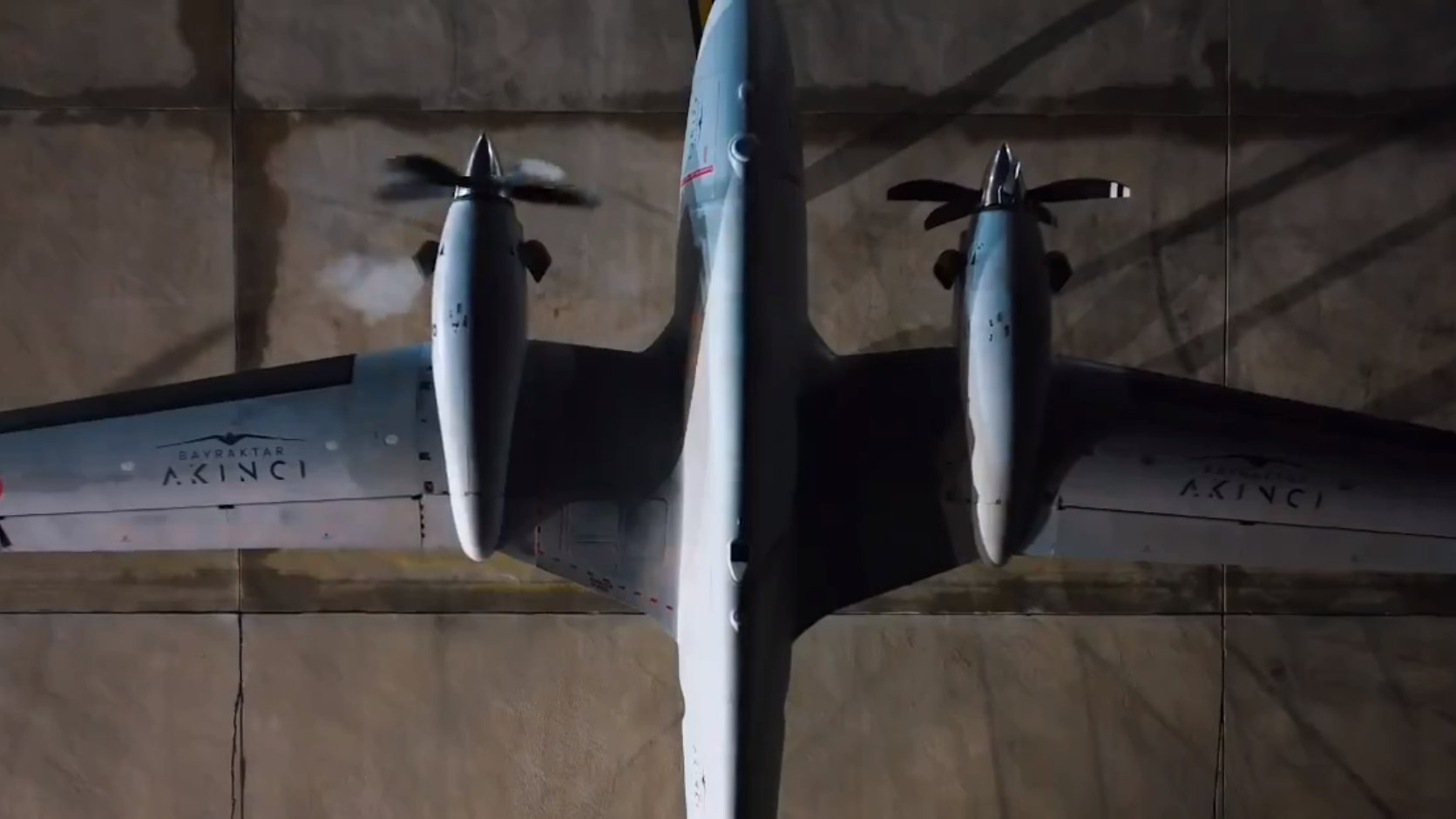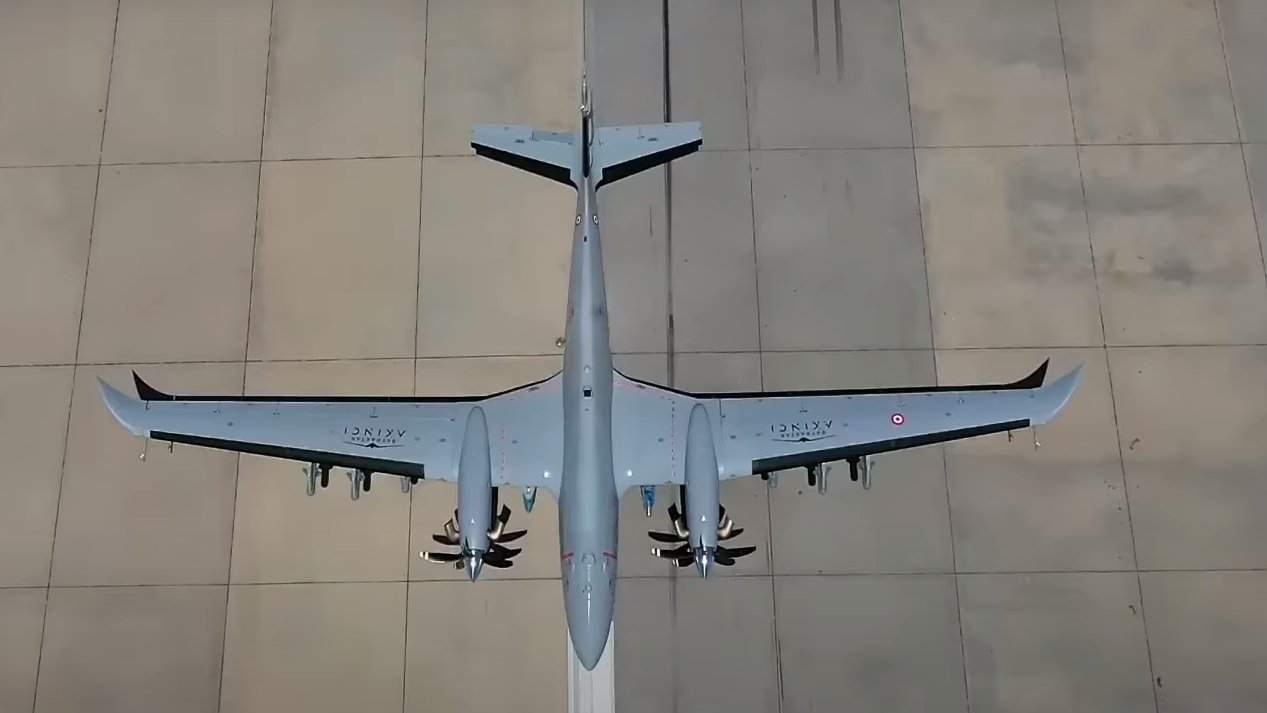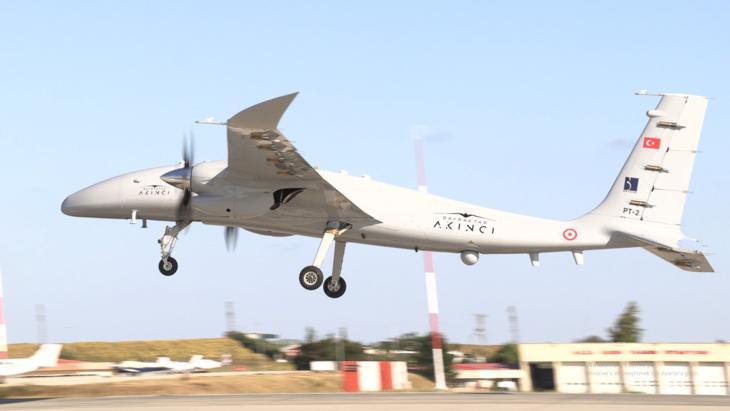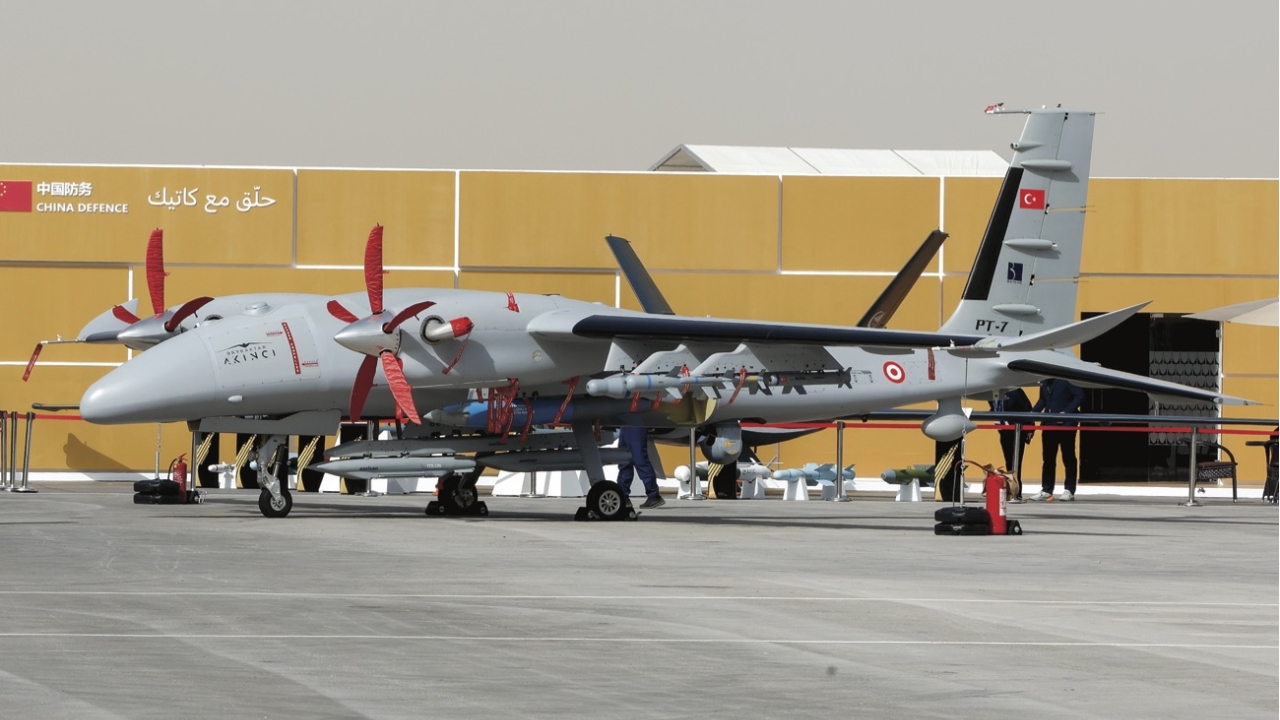I took the liberty of asking the Google Gemini AI a hypothetical question just for fun, an extremely powerful tool I must say.
The answer from Gemini about the TEI TF 6000/10000 engine thrust-to-weight Ratio with Kizilelma:
The thrust-to-weight ratio of the Kizilelma drone with the available engines cannot be accurately calculated due to a lack of specific information.
However, there are two possible scenarios:
1. using the TEI TF-6000 engine:
* Thrust: 10,000 lbf (44,480 N) with afterburner
* Weight: 1,200 kg
Assumptions:
* The drone weighs 5,000 kg (approx. 11,000 lbs).
* The afterburner is only used during take-off and climb.
Calculation:
* Thrust-to-weight ratio with afterburner: 10,000 lbf / 5,000 kg = 2:1
* Thrust-to-weight ratio without afterburner: 6,000 lbf / 5,000 kg = 1.2:1
Result:
* With afterburner, the Kizilelma would have a very high thrust-to-weight ratio of 2:1, which would enable excellent acceleration, climb performance and top speed.
* Without afterburner, the thrust-to-weight ratio of 1.2:1 would still be good, but not as good as with afterburner.
2. use of a different engine:
It is possible that the Kizilelma will be equipped with a different engine that is not yet publicly known. In this case, the thrust-to-weight ratio would change depending on the performance of the engine.
Conclusion:
The thrust-to-weight ratio of the Kizilelma drone is currently not known exactly. It depends on the choice of engine and operating mode. However, it is likely that the drone will have a very high thrust-to-weight ratio, which would allow for excellent performance.
Additional points:
* Thrust-to-weight ratio is not the only factor that determines a drone's performance.
* Other factors such as aerodynamics, avionics and payload also play a role.
* The development of drones is a complex process in which many factors must be taken into account.
It is important to note that the above information is based on speculation only. Once official information about the Kizilelma drone and the engines used is released, the thrust-to-weight ratio can be calculated more accurately.
 defencehub.live
defencehub.live















